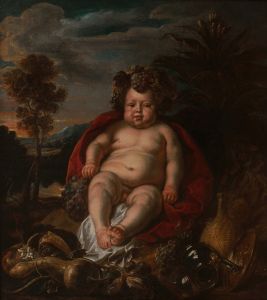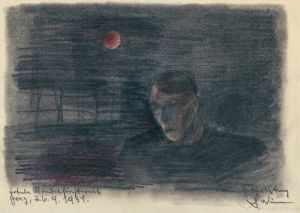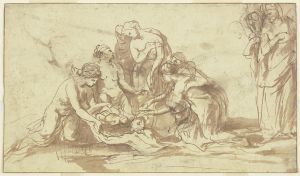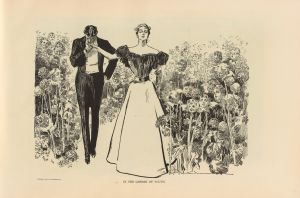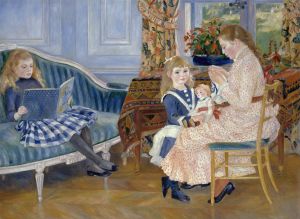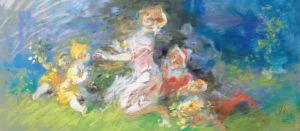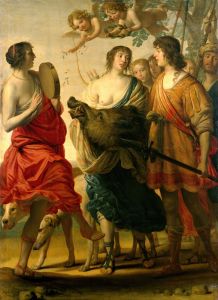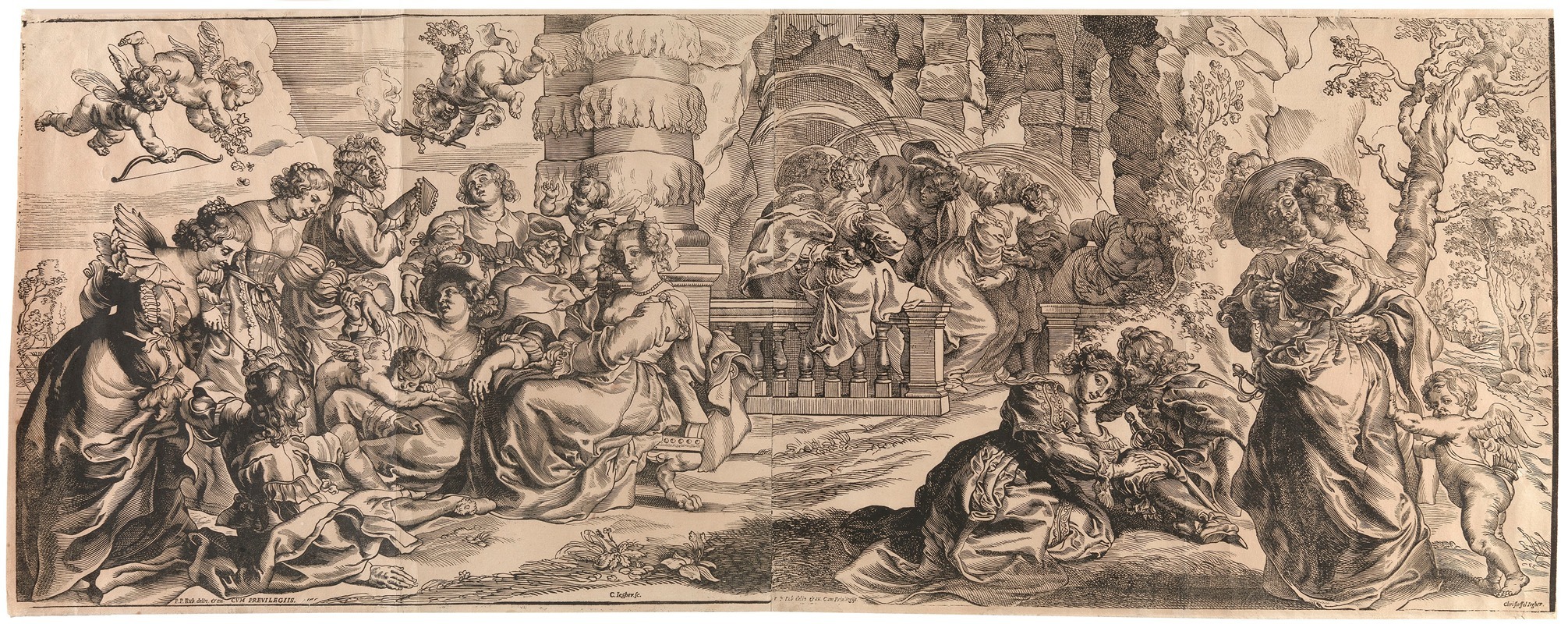
The Conversation à la mode or The Garden of Love
A hand-painted replica of Peter Paul Rubens’s masterpiece The Conversation à la mode or The Garden of Love, meticulously crafted by professional artists to capture the true essence of the original. Each piece is created with museum-quality canvas and rare mineral pigments, carefully painted by experienced artists with delicate brushstrokes and rich, layered colors to perfectly recreate the texture of the original artwork. Unlike machine-printed reproductions, this hand-painted version brings the painting to life, infused with the artist’s emotions and skill in every stroke. Whether for personal collection or home decoration, it instantly elevates the artistic atmosphere of any space.
Peter Paul Rubens, a prominent Flemish Baroque painter, created The Garden of Love (also known as The Conversation à la mode) around 1630–1632. This painting is one of Rubens' most celebrated works, showcasing his mastery of composition, color, and the depiction of human figures in dynamic and lively settings. The artwork is currently housed in the Museo del Prado in Madrid, Spain.
The painting is an allegorical celebration of love, marriage, and courtship, themes that were significant in Rubens' personal life during this period. Rubens married his second wife, Hélène Fourment, in 1630, and many art historians believe that this joyous union inspired the creation of The Garden of Love. The work reflects the artist's happiness and his fascination with themes of love and companionship.
The composition depicts an idyllic, pastoral scene filled with elegantly dressed men and women engaged in conversation and flirtation. The figures are surrounded by lush greenery, classical architecture, and flowing fountains, creating a sense of harmony and abundance. The inclusion of cherubs, or putti, adds a playful and symbolic element, emphasizing the romantic and divine nature of love. The figures' luxurious clothing and the opulent setting suggest an aristocratic or courtly environment, consistent with Rubens' connections to European nobility.
Rubens' use of vibrant colors, dynamic poses, and intricate details exemplifies the Baroque style, characterized by its dramatic and emotional qualities. The painting's composition is carefully balanced, with the figures arranged in a circular flow that guides the viewer's eye throughout the scene. The interplay of light and shadow enhances the three-dimensionality of the figures and the depth of the landscape.
The Garden of Love is often interpreted as a visual representation of the pleasures and virtues of married life, as well as a celebration of human connection and joy. The work also reflects Rubens' interest in classical antiquity, as seen in the architectural elements and the mythological motifs present in the painting.
This artwork is a testament to Rubens' ability to combine personal sentiment with universal themes, creating a piece that resonates with viewers across centuries. It remains a significant example of Baroque art and a highlight of Rubens' extensive oeuvre.





